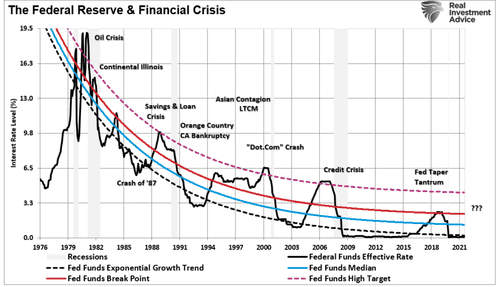
Once you’ve sufficiently educated yourself about how markets work and the best strategies to employ when investing, you’ll still need to keep up with news about stocks to buy if you want to stay competitive and “in the game,” in a manner of speaking.
The features articles provide the research and reports to help the reader determine which stocks to buy now.
If you’ve ever wondered “Which are the stocks that will make me money quick?” (and who hasn’t?), then, check out the articles in this category so you can stay current with how various assets are performing and trending. While this section covers various trade option news, special focus is paid to hot penny stocks to invest in so you’re always in the loop when it comes to possibly profitable, but, also volatile stocks.
This way, you can predict the optimum timing and strategies for buying and selling penny stocks to maximize your odds of success.







